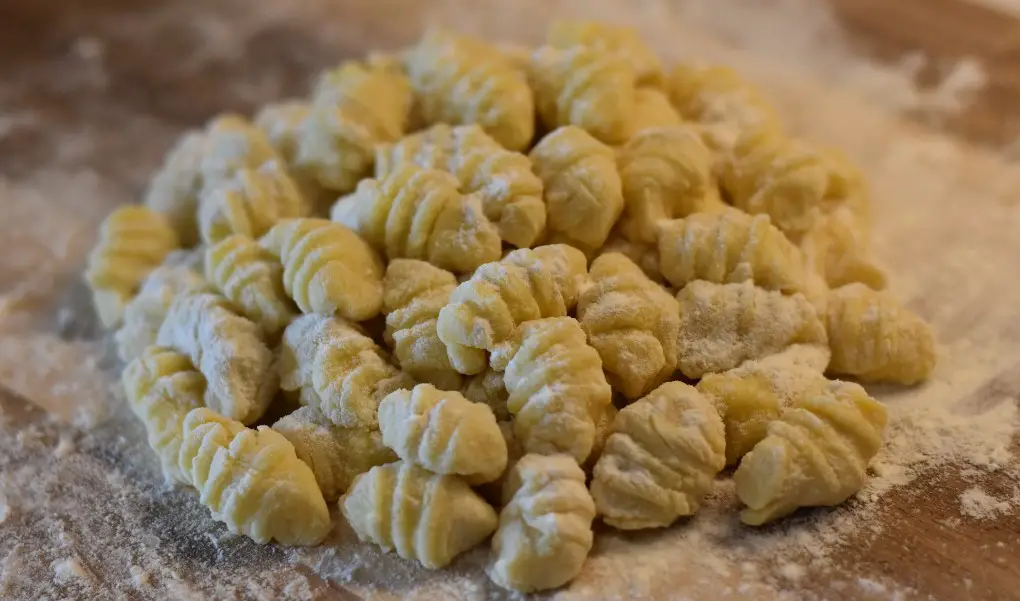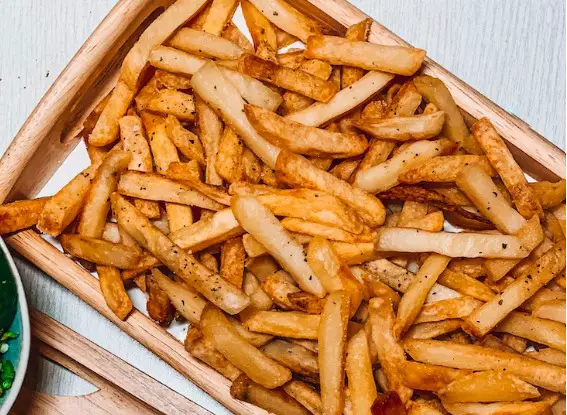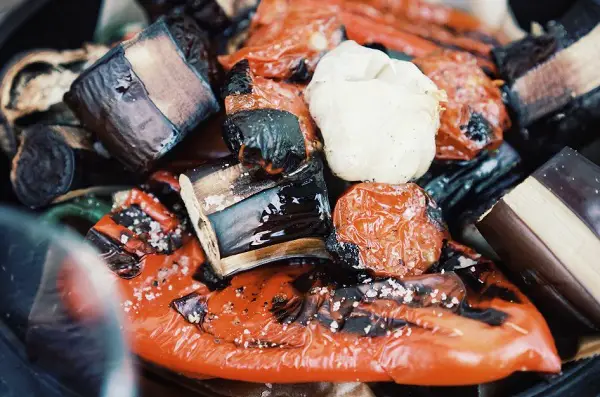There’s nothing quite as delectable as pillowy gnocchi, fresh from the pot and dressed in a rich sauce. But sometimes, the journey from raw ingredients to the final dish encounters a sticky roadblock.
Let’s understand why your gnocchi dough turned into a gluey mess and explore how to troubleshoot it.
Reason behind Sticky Gnocchi Dough
The Main Culprit: Too Much Moisture Your potatoes were too wet. This is a frequent mistake and the residual moisture content of the potatoes stands out as a significant reason behind the dough’s gluey texture. Here’s how to avoid that:
- Opt for Baking over Boiling:
When baking, potatoes retain less moisture than boiling. Plus, baking allows for the incorporation of some olive oil, enhancing flavor. - Swiftly onto a Sheet Pan:
After baking, break up the potatoes and place them on a sheet pan. This action allows steam to escape, reducing moisture further. - Russet Potatoes are Best:
These potatoes naturally have a drier constitution, making them perfect for gnocchi. - Avoid the Fork:
Mashing potatoes with a fork can lead to a gummy texture. Instead, use a food mill or ricer, ensuring minimal manipulation.
Getting the Flour Right The balance between flour and potato is delicate. Adding flour bit by bit risks overworking the dough. What you need is a reliable recipe with measurements by weight. Add flour in one go, work the dough gently, and ensure it just about sticks together. Keep in mind: it’s more akin to pie crust than bread dough – you don’t want to develop gluten.
Crafting and Cooking the Perfect Gnocchi
- Master the Dough:
Understand your dough. Start with a pound of peeled potatoes, boil, mill or sieve them, and let them dry for about an hour on a sheet pan. Leftover mashed potatoes can be a flavorful addition. - The Boiling Technique:
Perfect gnocchi require just 90 seconds in boiling water, followed by an immediate transfer to the sauce. If you aim for a slight sear, 70 seconds in boiling water and then a quick stint in a skillet with butter is ideal. But remember, no deep searing – a light uneven toasting is perfect.
What to do with Sticky Gnocchi Dough
For Those Sticky Situations We’ve all been there. A sticky gnocchi mess that seems unsalvageable. But don’t despair:
- Slow Flour Incorporation: If the dough’s too sticky, gradually add more flour. Once it’s less goopy, use floured hands on a floured surface to roll and shape.
- Embrace the Lazy Gnocchi: Another workaround is to use two spoons to drop bits of the sticky dough directly into boiling salted water. When they float, they’re done. Directly transfer to your sauce. They might lack in aesthetics, but the taste remains.
- Wet or Oiled Hands: Handling sticky dough can be counterintuitive. Instead of flouring your hands, dampen or oil them. This technique is akin to handling sticky sushi rice.
Some Parting Thoughts
When all is said and done, gnocchi preparation is both an art and a science. Just as with the best culinary experiences, sometimes deviation from the norm can yield delicious surprises. Baking your potatoes or using different preparation methods can transform your gnocchi experience.
Dive in, experiment, and remember, every sticky situation is an opportunity to learn and savor. Happy cooking!





